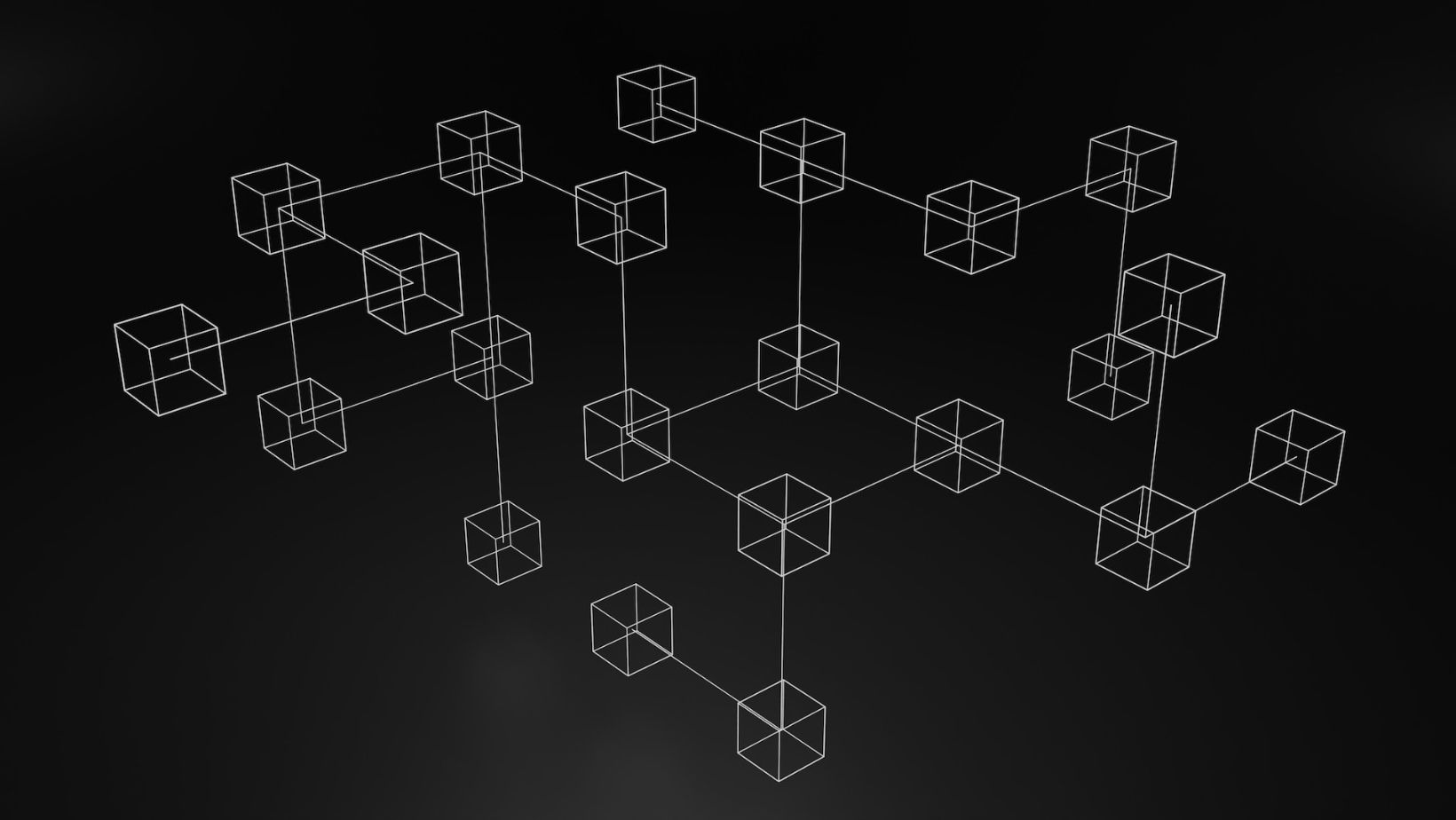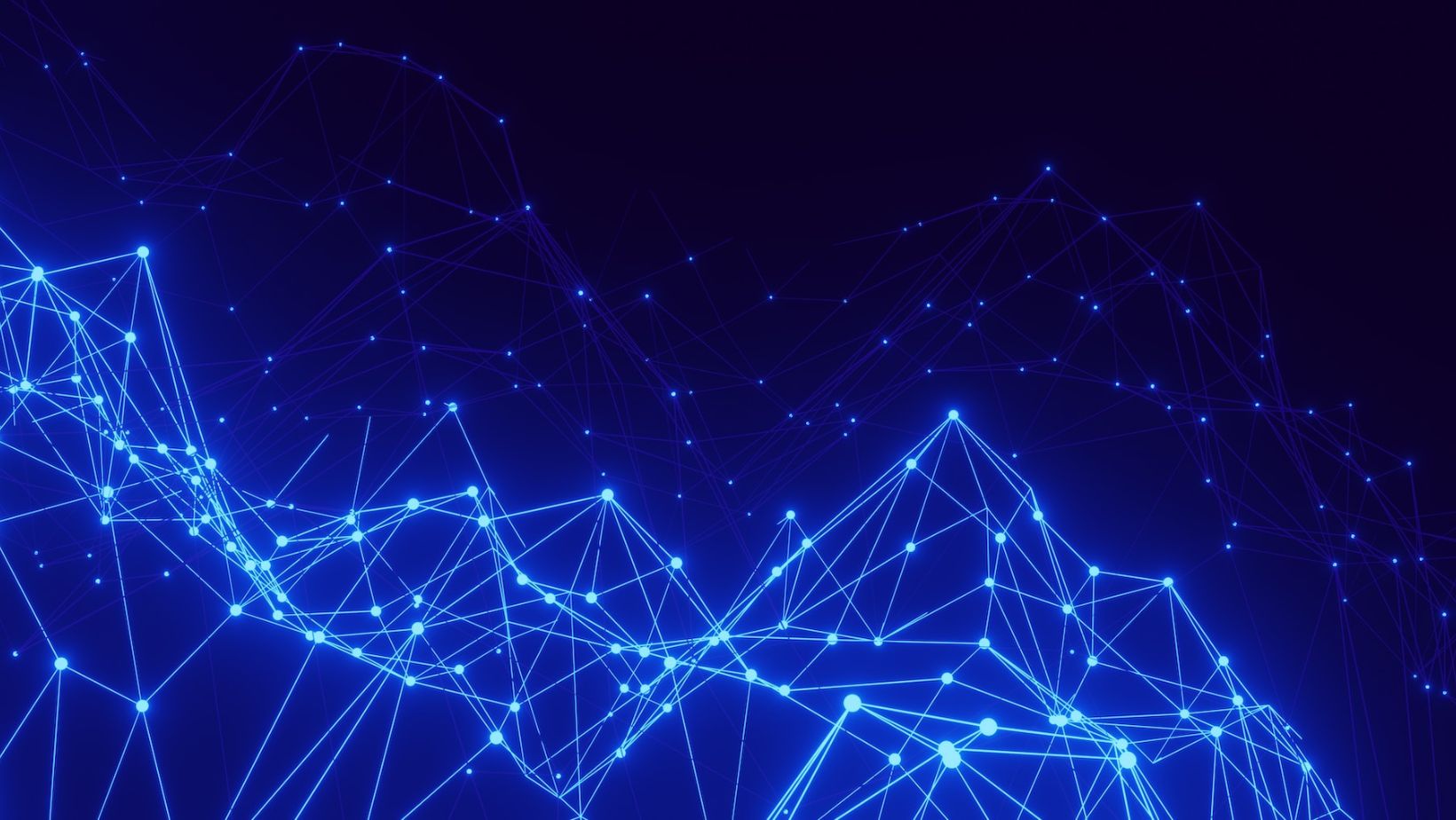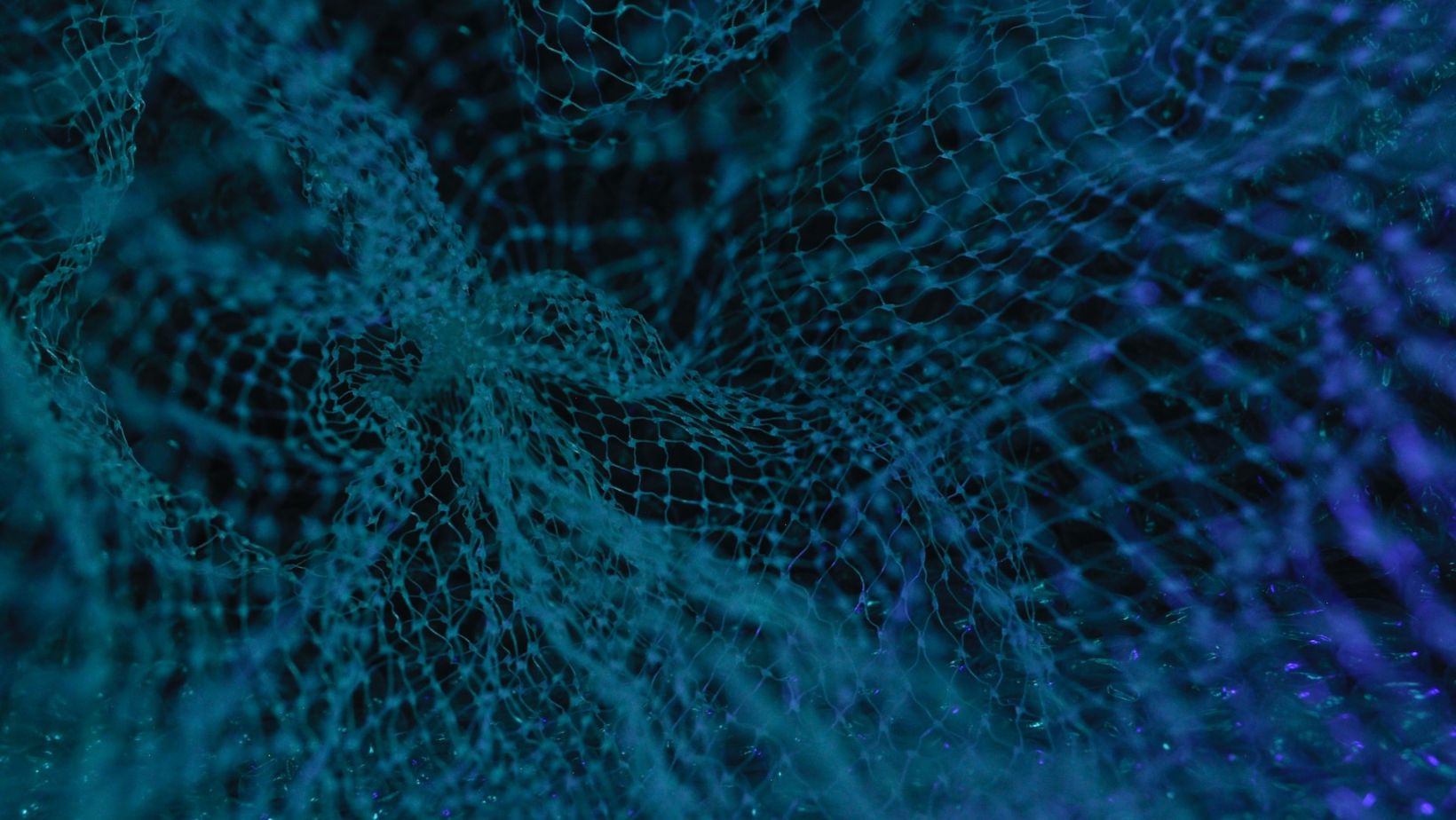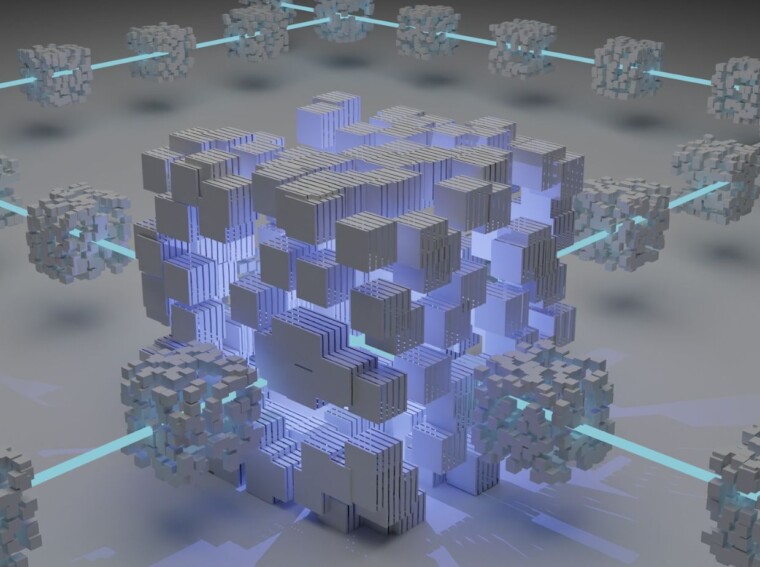It comes as no surprise that even conventional assets are undergoing a makeover in a world where digitization has taken center stage. Enter the fascinating world of tokenization, a process that uses blockchain technology to convert material and intangible assets into digital tokens. Imagine having your home, a piece of art, or even stock in a firm all readily saved on your computer or smartphone. This essay digs into the fascinating world of tokenization, examining what it is, how it functions, and the future possibilities it offers.
The Magic of Tokenization Unlocked
Have you ever wished you could afford to acquire a piece of your favorite art without going broke? That vision can come true with tokenization.
The process of turning assets into digital tokens on a blockchain is known as tokenization. The ownership, rights, or value of the underlying asset is represented by these tokens. It’s like making your assets easily transportable and divisible by converting them into digital Lego blocks.
- Tokenization converts tangible or intangible assets into tradeable digital tokens, improving their accessibility.
The Foundation of Blockchain
Tokenization is supported by blockchain technology. It functions as the unseen adhesive holding this virtual world together. Blockchain is a distributed ledger that maintains transparency, security, and immutability by keeping track of transactions over a network of computers.
- Bitcoin was the first blockchain program developed in 2008 by the enigmatic Satoshi Nakamoto.
How Tokenization Functions
How does this transition take place, you might be thinking. Here is an easy-to-follow instruction manual.

- Asset Identification: The first step in tokenizing an asset is to identify it. Real estate, equities, and fine art are all examples of this.
- Smart Contracts: On the blockchain, contracts may be made that automatically carry out the terms since they are expressed in code. The conditions under which the tokenized asset may be exchanged or transferred are specified in these contracts.
- Token Creation: On the blockchain, tokens are created to represent ownership or asset value. Because each token has a distinctive identification, they can be distinguished from one another.
- Legal Compliance: Tokenization systems may demand KYC (Know Your Customer) and AML (Anti-Money Laundering) inspections to guarantee regulatory compliance
- Transfer and Trading: Tokens may be purchased, sold, or exchanged on a variety of digital asset markets after they have been produced.
- Tokenization, which enables effective transfer and trade, entails asset identification, smart contract construction, token issuance, and compliance checks.
Advantages of Tokenization
Tokenization has various practical advantages beyond just a sophisticated digital gimmick.
- Liquidity: As tokens may be exchanged around-the-clock, assets become more liquid, making it simpler to purchase or sell.
- Tokenization enables the partition of assets into more manageable, smaller units, opening up a wider range of investment choices.
- Transparency: Blockchain offers transparency by keeping track of every transaction, which lowers the chance of fraud.
- Accessibility: Opportunities for investing are made available to anybody with an internet connection.
- Security: The strong security features of the blockchain safeguard assets and transactions.
Maximizing Your Digital Assets with Ada Staking
Ada Staking is a shining illustration of how blockchain technology may be used for profit. You can stake Ada, the native coin of the Cardano blockchain, to get rewards. Ada stakes include keeping and “locking up” a specific quantity of the cryptocurrency to take part in the network’s consensus process.

- Ada is named after the first computer programmer in history, Ada Lovelace.
Staking Ada is a procedure that rewards players with extra Ada tokens while assisting in securing the Cardano network. Ada staking allows you to develop your digital assets over time while simultaneously enhancing the security of the blockchain.
A Look Ahead at Tokenization
The financial industry and beyond are about to undergo a transformation thanks to tokenization. You may tokenize your automobile, beloved book, or even the coffee you buy every day in the near future. The only thing that can put a cap on the possibilities is our imagination.
- Fun fact: In 2021, a Beeple digital collage that cost a stunning $69 million was sold as an NFT (Non-Fungible Token)!
Beyond Finance Tokenization
The promise of tokenization goes well beyond the banking sector. Here are some examples of the several industries where tokenization is having an impact:

- Real estate transactions, fractional ownership, and international investment opportunities are all made possible by tokenized real estate.
- Art and collectibles: To ensure traceability and remuneration for each resale, artists might tokenize their works as NFTs.
- Supply chain: Tokenization improves supply chain transparency, allowing customers to track the path of a product from its point of origin to its final destination.
- Intellectual property may be tokenized by musicians, authors, and other content producers to ensure that they are fairly compensated for their work.
- Virtual properties and in-game assets may be tokenized to create new economies in the gaming industry.
- Healthcare: Tokenizing medical records enables safe, portable access and enhances patient care.
The art of tokenization represents a paradigm change in how we see and use assets; it is more than simply a technological wonder. We can achieve new heights of liquidity, accessibility, and security in the financial sector by utilizing blockchain technology. So, keep an eye out for the next big tokenization movement because you never know when you’ll be exchanging digital tokens for that famous pizza slice or a ticket to your favorite movie!
